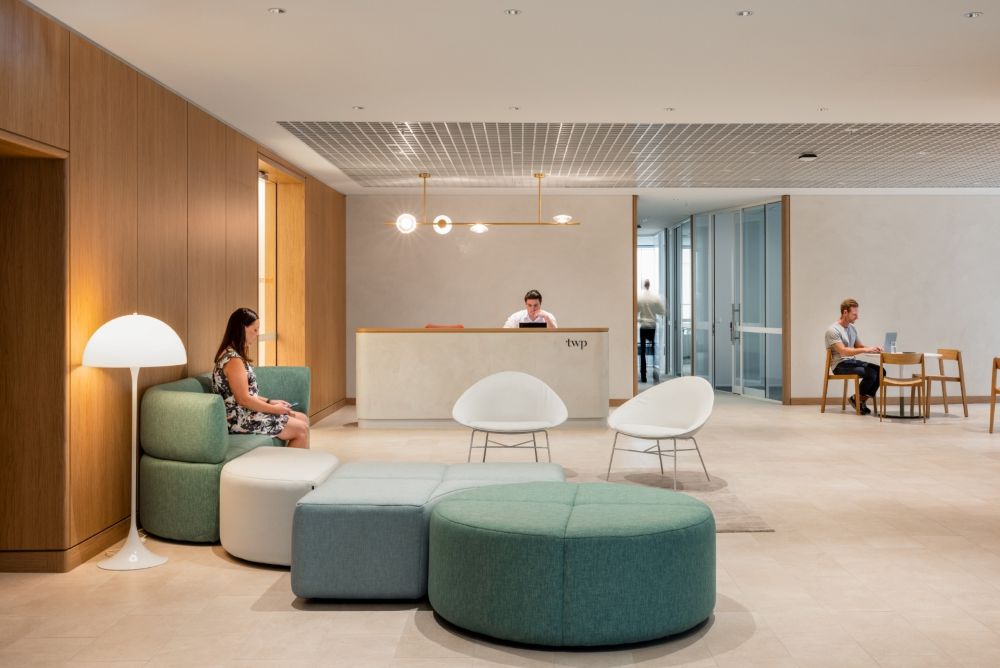The way we lead teams has transformed. Today’s workplaces, whether remote, hybrid, or based in shared office spaces, demand more than just top-down direction. They require collaborative leadership — a style rooted in mutual trust, shared decision-making, and collective accountability.
Let’s dive into what makes collaborative leadership work, how it differs from traditional management, and why it’s essential in the modern workplace.
What Is a Collaborative Leadership Style?
A collaborative leadership style focuses on breaking down silos, flattening hierarchies, and empowering employees to take ownership of ideas and outcomes. It encourages participation across all levels — from junior staff to senior managers — in decisions that impact the team or business.
At its core, this leadership style values:
- Open dialogue and transparency
- Trust over control
- Diverse input and perspectives
- Co-created goals and shared success
Traits of a Collaborative Leader
- Active listening: Collaborative leaders don’t just hear, they understand. They make space for quieter team members and embrace all perspectives.
- Clear and open communication: They share updates, decisions, and setbacks openly. Transparency builds trust and invites others to contribute.
- Empowerment over control: Instead of micromanaging, they empower their teams with autonomy and decision-making authority.
- Openness to feedback: They welcome feedback from across the organisation and are willing to pivot when needed.
Collaborative Work Style vs. Traditional Leadership
Understanding the differences between collaborative leadership styles and traditional management methods is key to adopting a more forward-thinking approach to leading teams. Here’s a breakdown of how these two models compare:
|
Traditional Leadership |
Collaborative Leadership |
|
Top-down decisions |
Team-based decision-making |
|
Closed-door communication |
Transparent and open dialogue |
|
Command-driven |
Influence through trust |
|
Individual ownership |
Shared accountability |
|
Manager sets the vision |
Vision co-created with team |
Why Collaborative Leadership Matters in Today’s Workplace
1. It Supports Hybrid and Flexible Work Models
With teams increasingly split between home and the office or spread across different time zones, leaders can no longer rely on proximity or authority alone. A collaborative management style creates alignment even when people aren’t physically together.
Through shared calendars, real-time messaging platforms, and trust-first policies, collaborative leaders keep their teams connected and empowered, no matter where they are.
2. It Builds Psychological Safety
A collaborative leadership naturally supports psychological safety, where team members feel confident speaking up without fear of judgment. This is essential for creativity, innovation, and solving complex challenges.
When employees know their input is welcomed, they contribute more freely. This results in richer discussions, faster problem-solving, and greater ownership of results.
3. It Aligns With What Modern Employees Expect
Millennials and Gen Z value authenticity, inclusion, and purpose at work. A collaborative approach to leadership meets these expectations by ensuring every voice matters.
The result is higher engagement, stronger retention, and a culture built on shared responsibility.
How to Build a Collaborative Leadership Culture
1. Create Spaces That Support Team Interaction
The physical environment plays a key role. A coworking space or shared office space encourages spontaneous conversations, cross-team collaboration, and inclusive planning. For instance, many coworking brands have designed their workspaces with this in mind, offering breakout areas, lounges, and quiet zones that balance openness with focus.
2. Use the Right Tools for Collaboration
Adopting a collaborative work style involves choosing tools that support shared work. Think of platforms like:
- Google Docs or Notion for co-creating content
- Slack or Microsoft Teams for real-time communication
- Asana or Trello for shared visibility of progress
Technology, when combined with collaborative habits, helps teams thrive.
3. Encourage Cross-Departmental Projects
Assign team leads from different departments to drive projects. This cross-functional approach promotes ownership and reveals opportunities for innovation that might otherwise be missed.
4. Celebrate Collective Wins
In a collaborative culture, team achievements are as important as individual milestones. Recognising group success reinforces shared accountability and motivates future collaboration.
Real-World Example: Collaborative Leadership in Action
Imagine a product launch involving your marketing, design, and support teams. Instead of handing down a fixed plan, a collaborative leader would bring all stakeholders together from the start.
Marketing understands audience demand. Design knows what’s feasible. Support knows customer pain points. Through discussion, alignment, and shared goals, the team builds a launch plan that is stronger, more agile, and owned by everyone involved.
This kind of ownership is what makes a collaborative leadership style so effective in high-performing teams.
How The Work Project Supports Collaborative Leadership

Coworking space that supports collaborative leadership styles
The success of a collaborative work style relies not only on the people but also on the space they share. At The Work Project’s coworking spaces in Australia, teams can access:
- Open-plan zones for collaboration
- Private rooms for strategic discussions
- Lounge spaces that encourage informal exchange
- Premium shared office space with business-grade amenities
Whether your leadership style is evolving or already collaborative at its core, TWP provides an environment that helps your team grow together.
Lead With Collaboration, Not Command
As the workplace continues to evolve, so must leadership. Adopting a collaborative leadership style helps teams communicate better, innovate faster, and stay aligned on what matters.
By combining inclusive leadership with a space that supports it like the thoughtfully designed environments at The Work Project Australia, your organisation can move from hierarchy to harmony.
Ready to lead differently? Explore how The Work Project’s flexible workspaces can support your collaborative vision.






